New Mexico is full of natural treasures you can find and collect. The mountains, deserts, and forests have plants and fungi that many people want. Finding these items can be fun and put money in your pocket.
Piñon nuts are popular finds in the fall. These tasty nuts sell for good money at local markets. Some years the trees make more nuts than others, so a good year makes many foragers happy.
Wild mushrooms grow in the mountains when summer rains come. Chefs pay top dollar for morels and porcini mushrooms. You must learn which ones are safe before you collect them.
The desert has valuable plants too. Prickly pear fruits and cholla buds are used in many foods. Herbs that grow wild also interest people who make natural medicines.
When you forage, you enjoy nature while finding useful things. It feels good to discover something valuable while spending time outside. All across New Mexico, these treasures grow for people who take time to look.
What We Cover In This Article:
- What Makes Foreageables Valuable
- Foraging Mistakes That Cost You Big Bucks
- The Most Valuable Forageables in the State
- Where to Find Valuable Forageables in the State
- When to Forage for Maximum Value
- The extensive local experience and understanding of our team
- Input from multiple local foragers and foraging groups
- The accessibility of the various locations
- Safety and potential hazards when collecting
- Private and public locations
- A desire to include locations for both experienced foragers and those who are just starting out
Using these weights we think we’ve put together the best list out there for just about any forager to be successful!
A Quick Reminder
Before we get into the specifics about where and how to find these plants and mushrooms, we want to be clear that before ingesting any wild plant or mushroom, it should be identified with 100% certainty as edible by someone qualified and experienced in mushroom and plant identification, such as a professional mycologist or an expert forager. Misidentification can lead to serious illness or death.
All plants and mushrooms have the potential to cause severe adverse reactions in certain individuals, even death. If you are consuming wild foragables, it is crucial to cook them thoroughly and properly and only eat a small portion to test for personal tolerance. Some people may have allergies or sensitivities to specific mushrooms and plants, even if they are considered safe for others.
The information provided in this article is for general informational and educational purposes only. Foraging involves inherent risks.
What Makes Foreageables Valuable
Some wild plants, mushrooms, and natural ingredients can be surprisingly valuable. Whether you’re selling them or using them at home, their worth often comes down to a few key things:
The Scarcer the Plant, the Higher the Demand
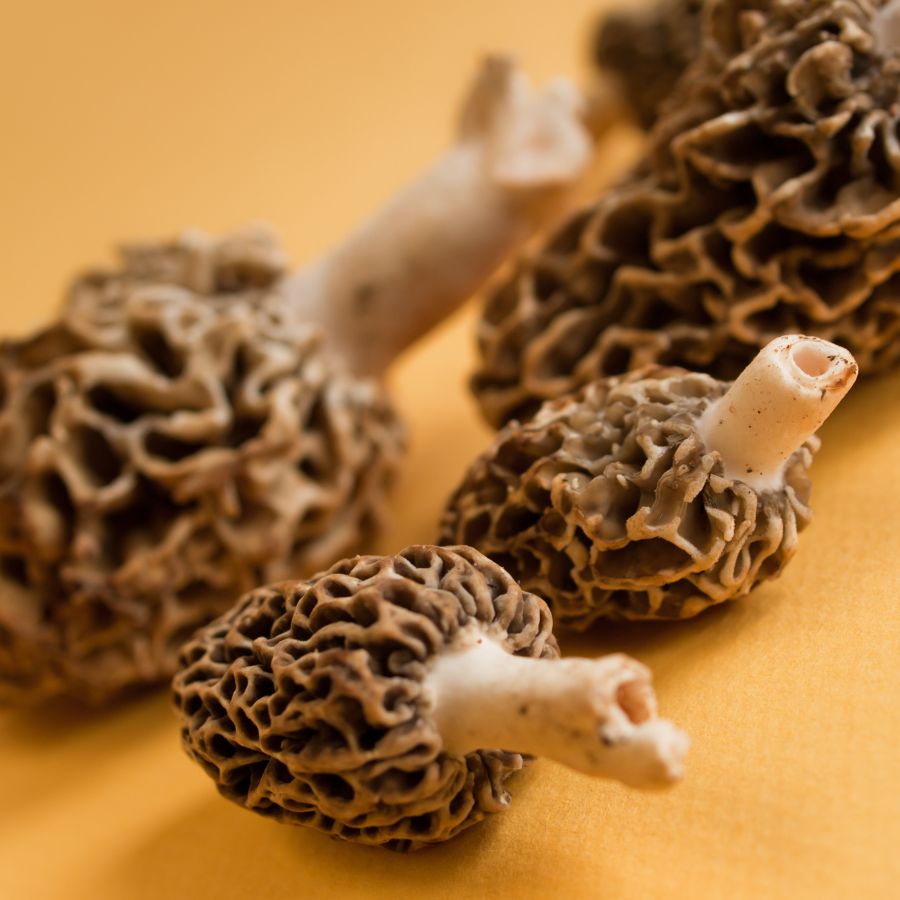
Some valuable forageables only show up for a short time each year, grow in hard-to-reach areas, or are very difficult to cultivate. That kind of rarity makes them harder to find and more expensive to buy.
Morels, truffles, and ramps are all good examples of this. They’re popular, but limited access and short growing seasons mean people are often willing to pay more.
A good seasonal foods guide can help you keep track of when high-value items appear.
High-End Dishes Boost the Value of Ingredients
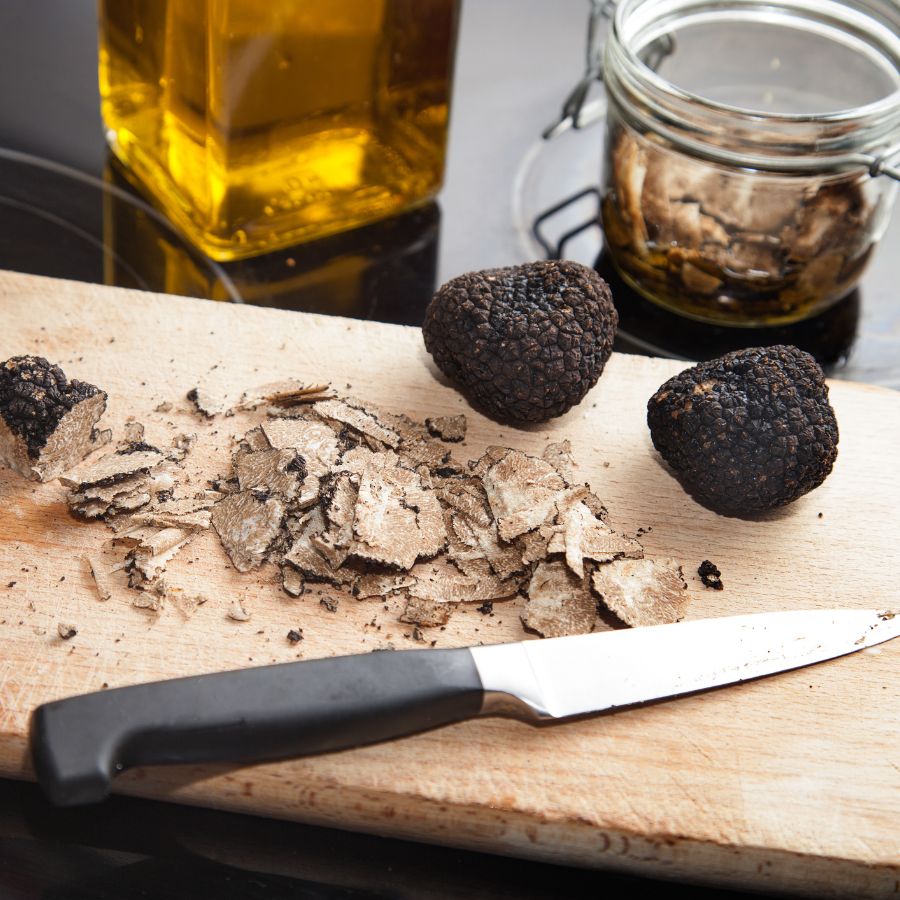
Wild ingredients that are hard to find in stores often catch the attention of chefs and home cooks. When something unique adds flavor or flair to a dish, it quickly becomes more valuable.
Truffles, wild leeks, and edible flowers are prized for how they taste and look on a plate. As more people try to include them in special meals, the demand—and the price—tends to rise.
You’ll find many of these among easy-to-identify wild mushrooms or herbs featured in fine dining.
Medicinal and Practical Uses Drive Forageable Prices Up
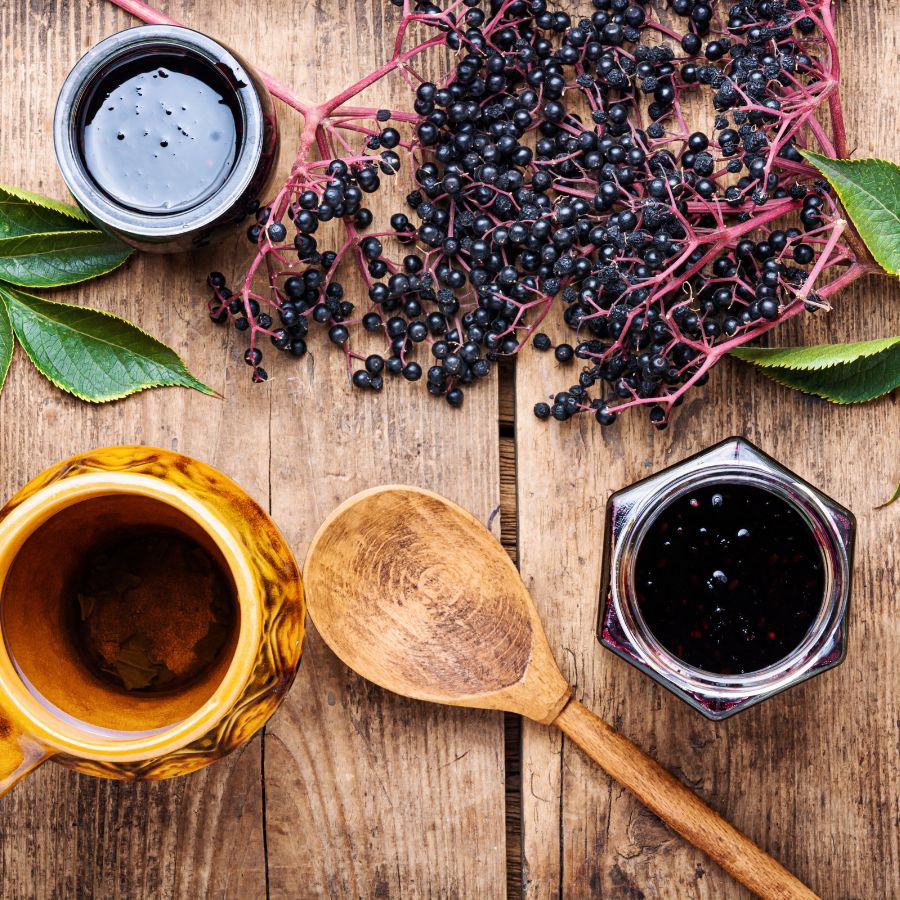
Plants like ginseng, goldenseal, and elderberries are often used in teas, tinctures, and home remedies. Their value comes from how they support wellness and are used repeatedly over time.
These plants are not just ingredients for cooking. Because people turn to them for ongoing use, the demand stays steady and the price stays high.
The More Work It Takes to Harvest, the More It’s Worth
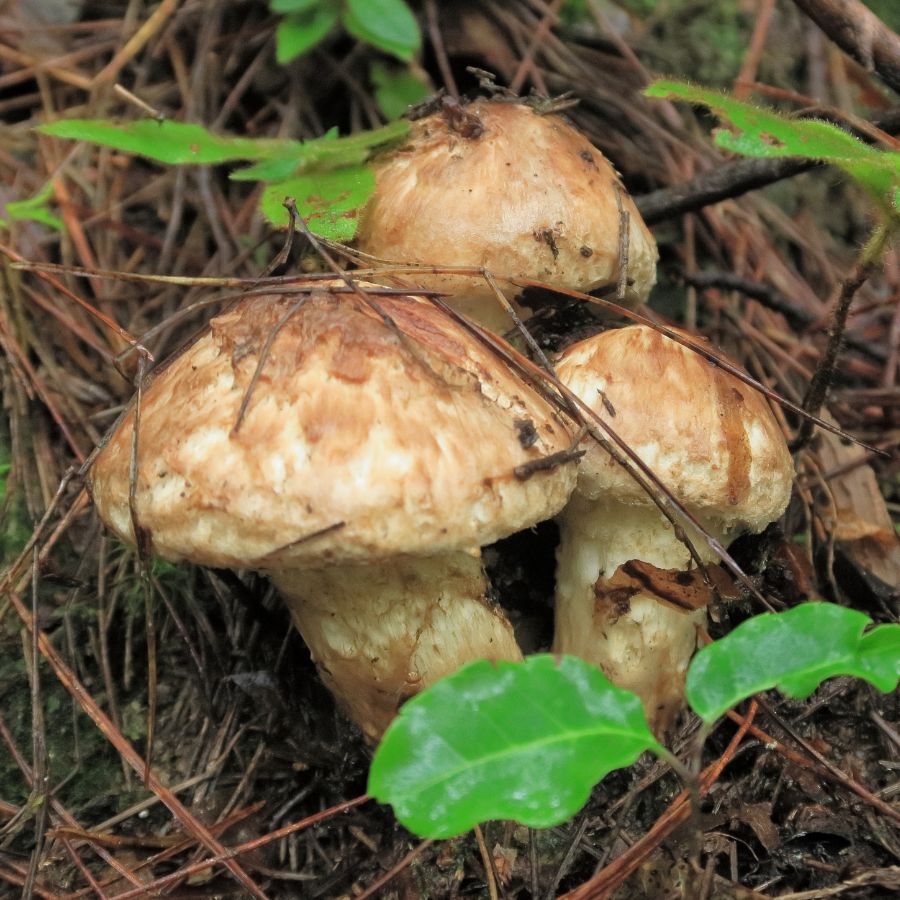
Forageables that are hard to reach or tricky to harvest often end up being more valuable. Some grow in dense forests, need careful digging, or have to be cleaned and prepared before use.
Matsutake mushrooms are a good example, because they grow in specific forest conditions and are hard to spot under layers of leaf litter. Wild ginger and black walnuts, meanwhile, both require extra steps for cleaning and preparation before they can be used or sold.
All of that takes time, effort, and experience. When something takes real work to gather safely, buyers are usually willing to pay more for it.
Foods That Keep Well Are More Valuable to Buyers
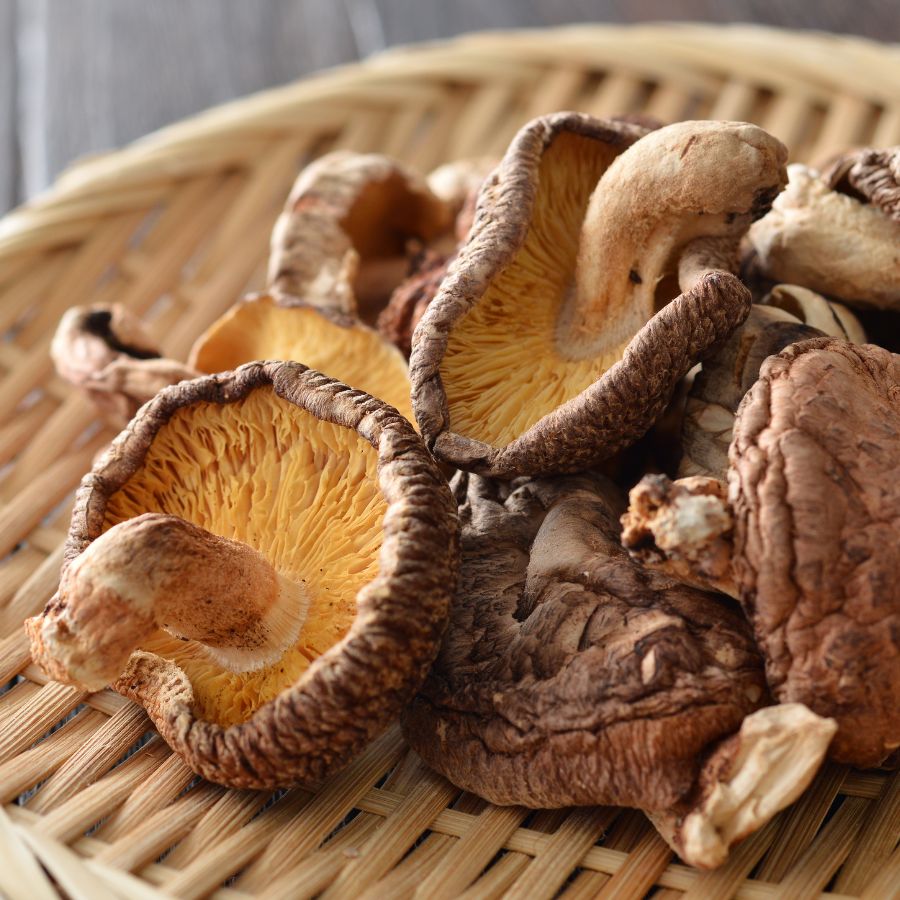
Some forageables, like dried morels or elderberries, can be stored for months without losing their value. These longer-lasting items are easier to sell and often bring in more money over time.
Others, like wild greens or edible flowers, have a short shelf life and need to be used quickly. Many easy-to-identify wild greens and herbs are best when fresh, but can be dried or preserved to extend their usefulness.
A Quick Reminder
Before we get into the specifics about where and how to find these mushrooms, we want to be clear that before ingesting any wild mushroom, it should be identified with 100% certainty as edible by someone qualified and experienced in mushroom identification, such as a professional mycologist or an expert forager. Misidentification of mushrooms can lead to serious illness or death.
All mushrooms have the potential to cause severe adverse reactions in certain individuals, even death. If you are consuming mushrooms, it is crucial to cook them thoroughly and properly and only eat a small portion to test for personal tolerance. Some people may have allergies or sensitivities to specific mushrooms, even if they are considered safe for others.
The information provided in this article is for general informational and educational purposes only. Foraging for wild mushrooms involves inherent risks.
Foraging Mistakes That Cost You Big Bucks
When you’re foraging for high-value plants, mushrooms, or other wild ingredients, every decision matters. Whether you’re selling at a farmers market or stocking your own pantry, simple mistakes can make your harvest less valuable or even completely worthless.
Harvesting at the Wrong Time
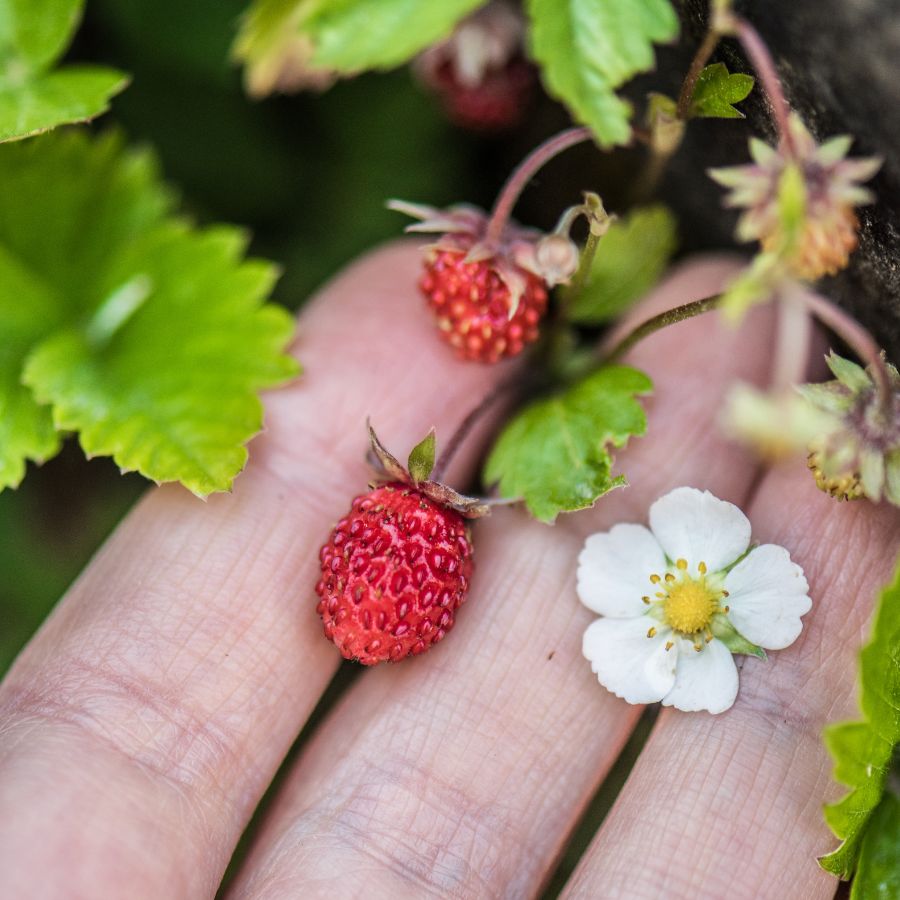
Harvesting at the wrong time can turn a valuable find into something no one wants. Plants and mushrooms have a short window when they’re at their best, and missing it means losing quality.
Morels, for example, shrink and dry out quickly once they mature, which lowers their weight and price. Overripe berries bruise in the basket and spoil fast, making them hard to store or sell.
Improper Handling After Harvest
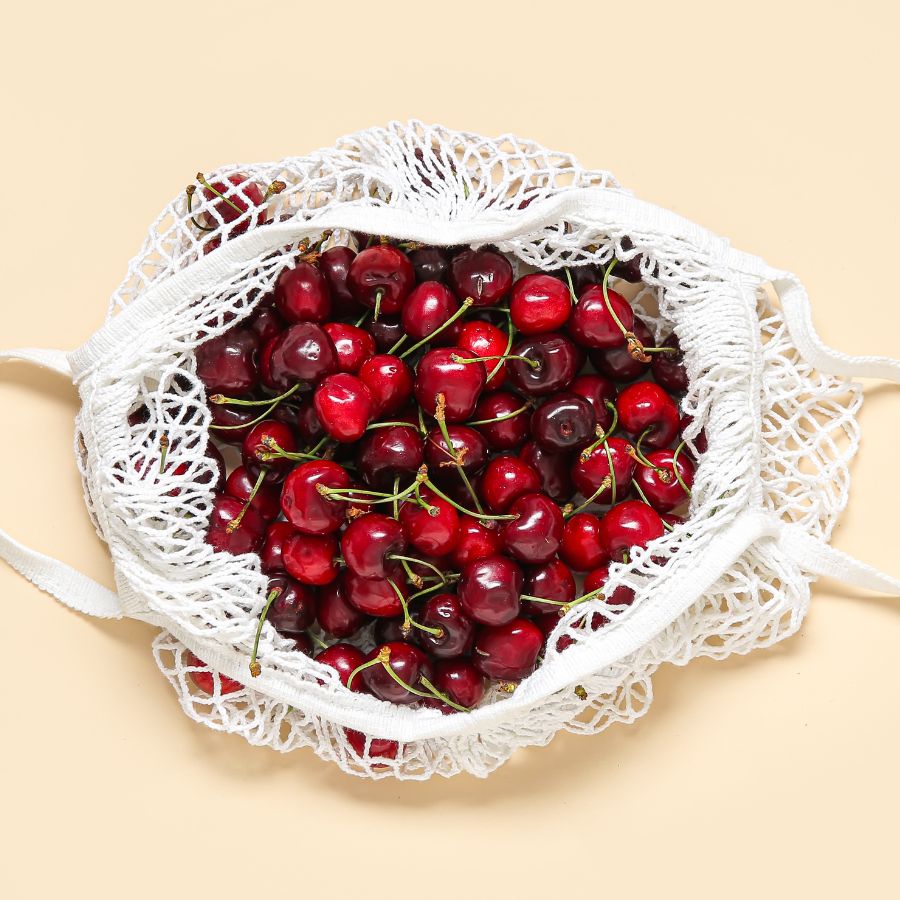
Rough handling can ruin even the most valuable forageables. Crushed mushrooms, wilted greens, and dirty roots lose both their appeal and their price.
Use baskets or mesh bags to keep things from getting smashed and let air circulate. Keeping everything cool and clean helps your harvest stay fresh and look better for longer.
This is especially important for delicate items like wild roots and tubers that need to stay clean and intact.
Skipping Processing Steps
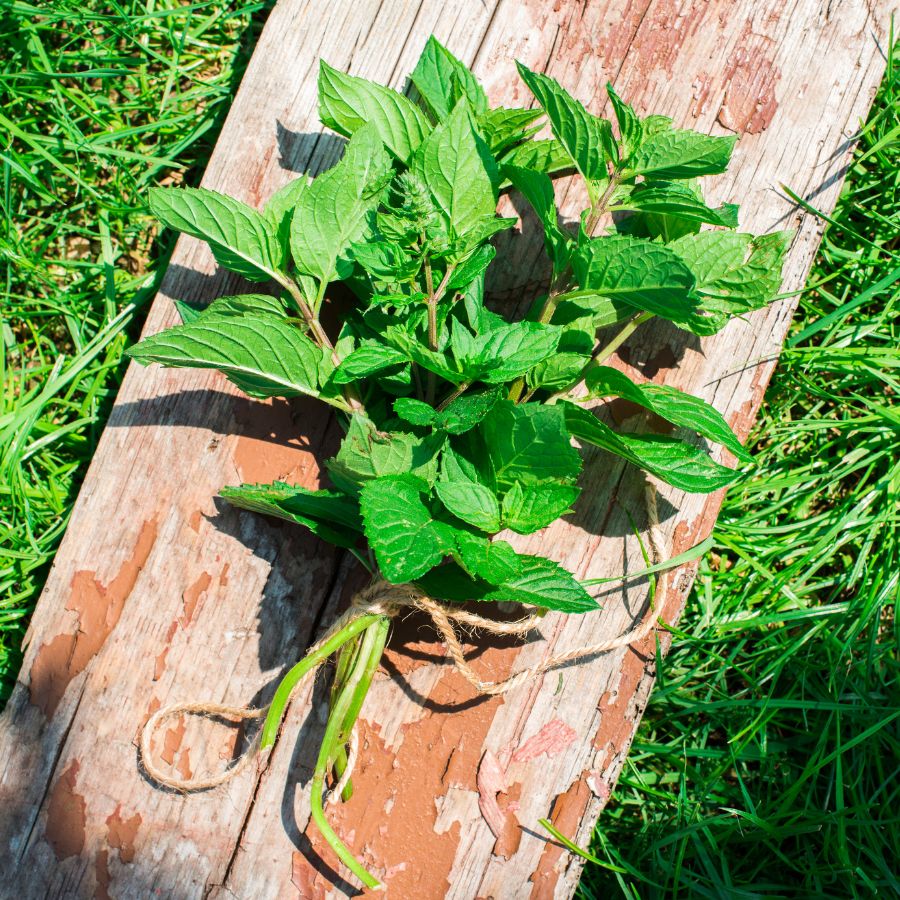
Skipping basic processing steps can cost you money. A raw harvest may look messy, spoil faster, or be harder to use.
For example, chaga is much more valuable when dried and cut properly. Herbs like wild mint or nettle often sell better when bundled neatly or partially dried. If you skip these steps, you may end up with something that looks unappealing or spoils quickly.
Collecting from the Wrong Area
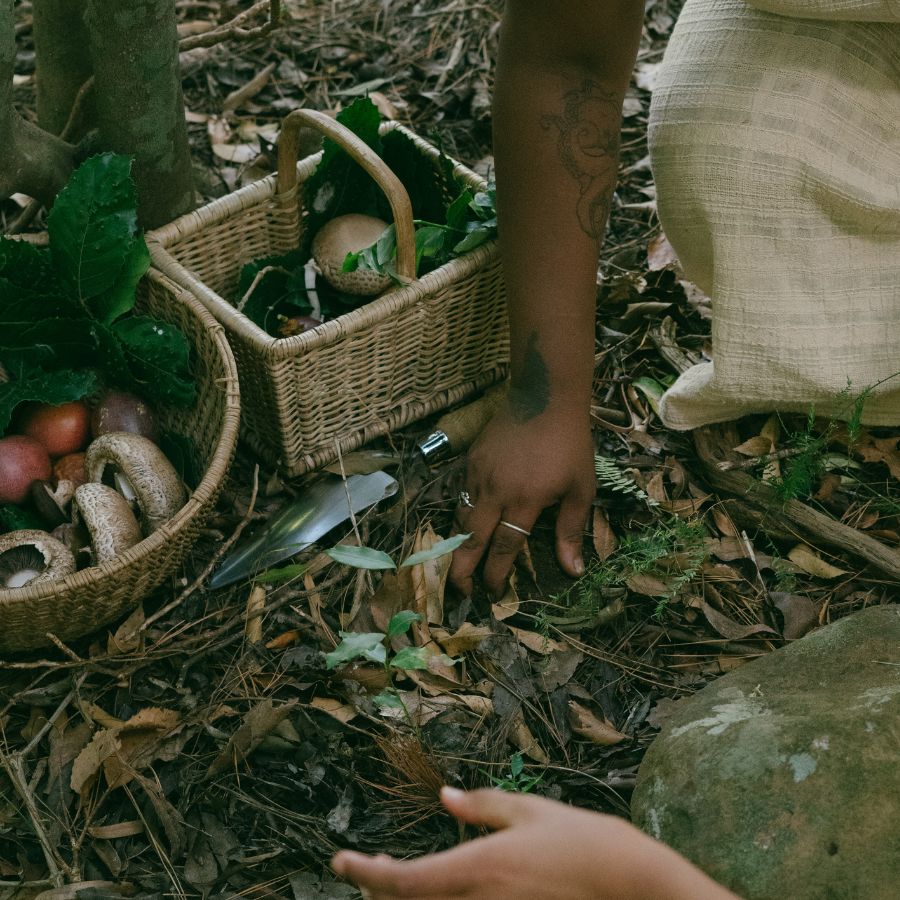
Harvesting in the wrong place can ruin a good find. Plants and mushrooms pulled from roadsides or polluted ground may be unsafe, no matter how fresh they look.
Buyers want to know their food comes from clean, responsible sources. If a spot is known for overharvesting or damage, it can make the whole batch less appealing.
These suburbia foraging tips can help you find overlooked spots that are surprisingly safe and productive.
Not Knowing the Market
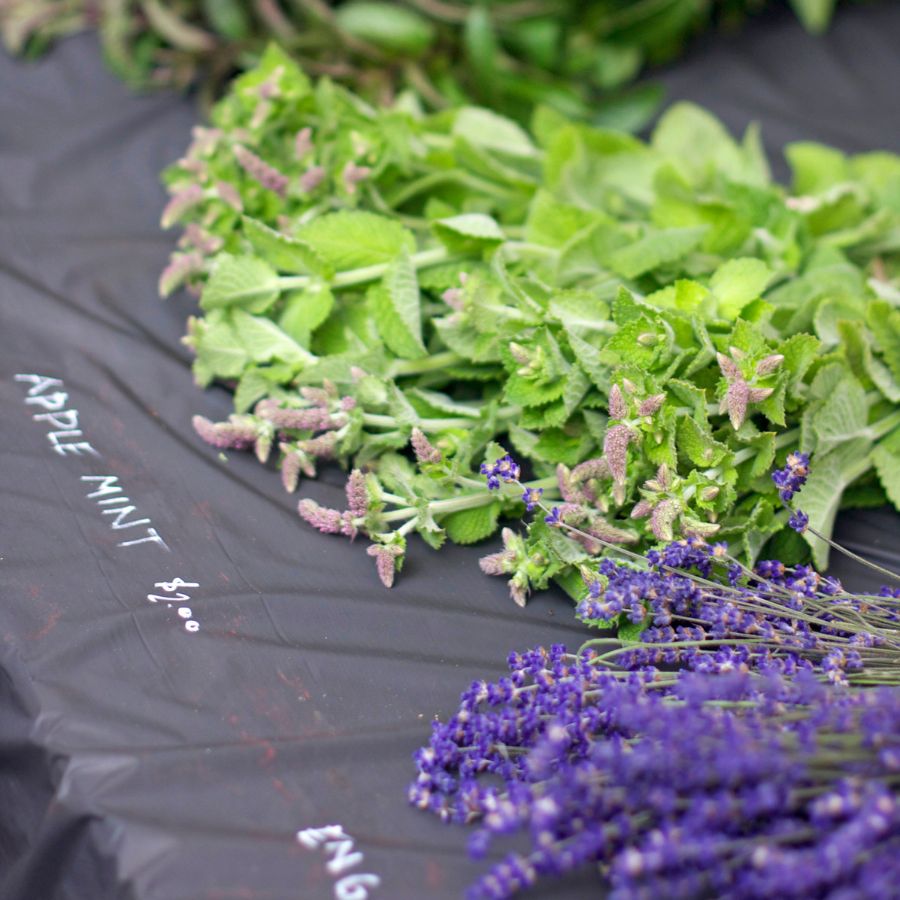
A rare plant isn’t valuable if nobody wants to buy it. If you gather in-demand species like wild ramps or black trumpets, you’re more likely to make a profit. Pay attention to what chefs, herbalists, or vendors are actually looking for.
Foraging with no plan leads to wasted effort and unsold stock. Keeping up with demand helps you bring home a profit instead of a pile of leftovers.
You can also brush up on foraging for survival strategies to identify the most versatile and useful wild foods.
Before you head out
Before embarking on any foraging activities, it is essential to understand and follow local laws and guidelines. Always confirm that you have permission to access any land and obtain permission from landowners if you are foraging on private property. Trespassing or foraging without permission is illegal and disrespectful.
For public lands, familiarize yourself with the foraging regulations, as some areas may restrict or prohibit the collection of mushrooms or other wild foods. These regulations and laws are frequently changing so always verify them before heading out to hunt. What we have listed below may be out of date and inaccurate as a result.
The Most Valuable Forageables in the State
Some of the most sought-after wild plants and fungi here can be surprisingly valuable. Whether you’re foraging for profit or personal use, these are the ones worth paying attention to:
Piñon Pine Nuts (Pinus edulis)
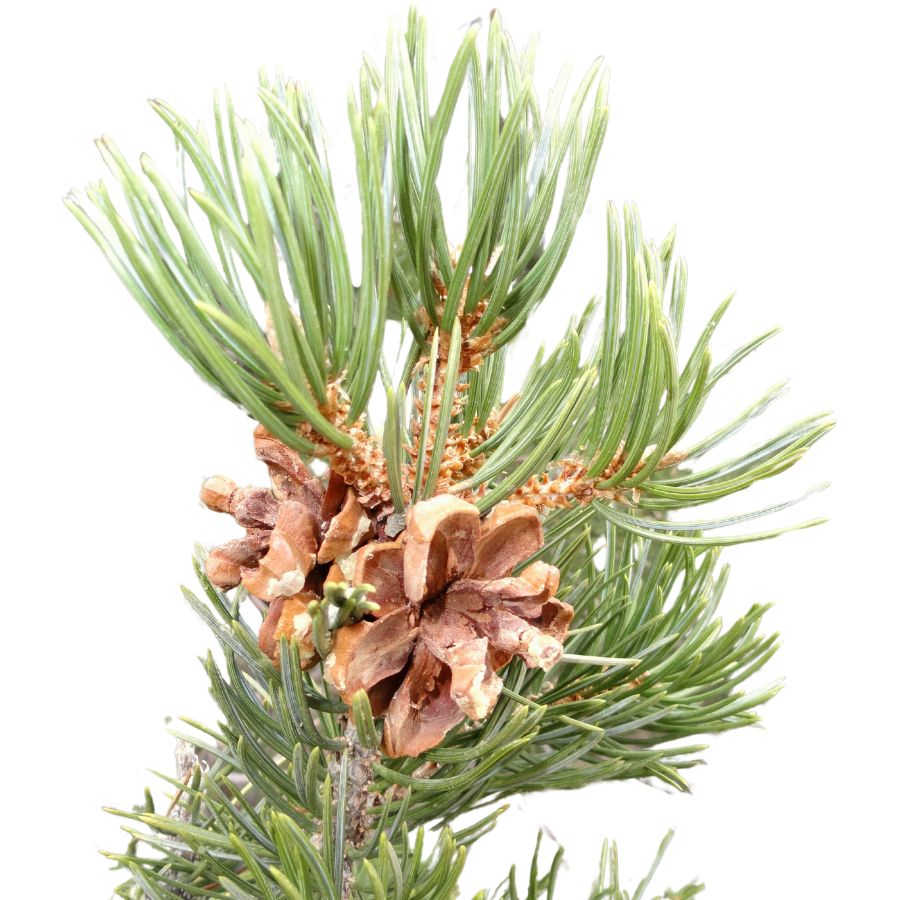
Native to the American Southwest, piñon pine nuts grow inside the cones of small evergreen trees. When fresh, they taste buttery and rich, with a soft texture that many people love.
The trees only make lots of cones every 3-7 years. You’ll know the cones are ready when they turn from green to brown.
To eat them, you must crack open the hard shell to get the kernel inside. The nuts are packed with healthy fats, protein, and minerals that your body needs.
Native Americans have gathered pine nuts for food for thousands of years. Today, people will pay $30-$40 for just one pound of wild piñon nuts! This high price makes them very valuable to collectors who know where to find them.
Chokecherries (Prunus virginiana)
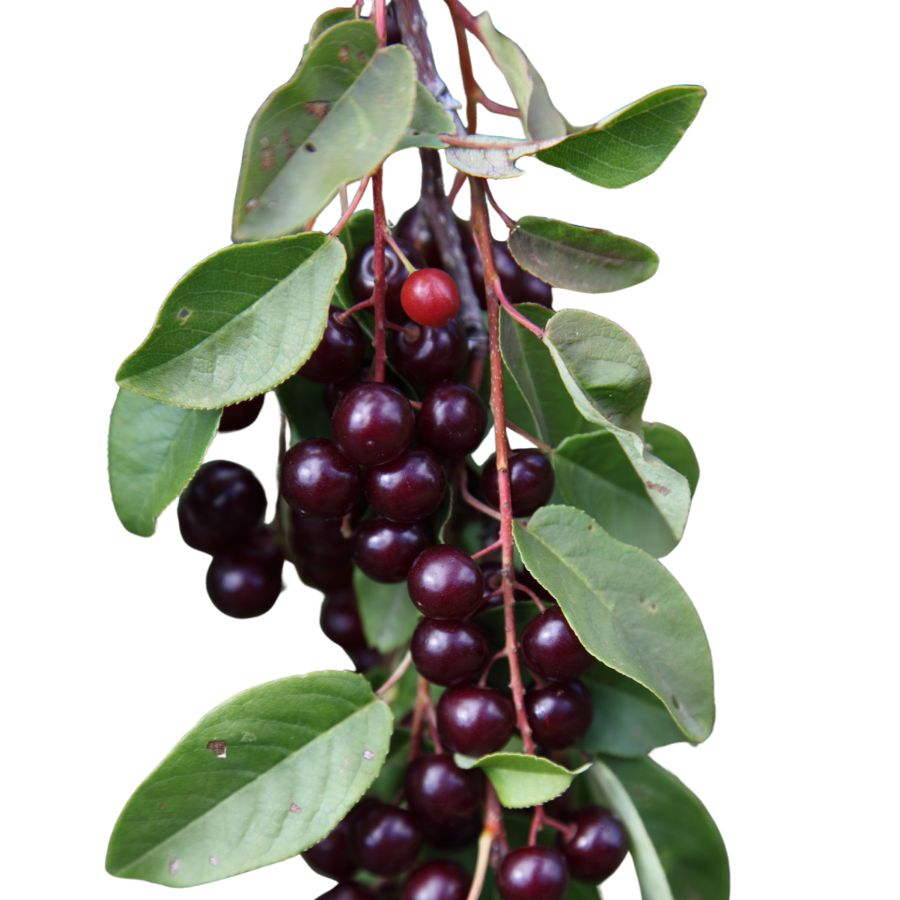
Clusters of dark berries hanging from a woody shrub usually indicate chokecherries, especially when the leaves are oval with finely toothed edges. These berries turn from red to deep purple or black when they’re ready to eat.
Chokecherries are rarely eaten raw due to their bitterness, but they shine in cooked recipes like preserves, sauces, or even homemade wine. Boiling the fruit and straining it helps separate the pulp from the inedible seeds.
It’s easy to mix up chokecherries with other wild cherries, but true chokecherries have longer, narrower leaves and a more astringent taste. Avoid anything with rounder, solitary berries or a sweet scent without the signature tartness.
Their texture is slightly gritty around the pit, and the flavor improves significantly with sugar and heat. A strong astringent quality dominates the raw berry, but the processed pulp becomes rich and deeply flavored.
Desert Mushrooms (Boletus barrowsii)
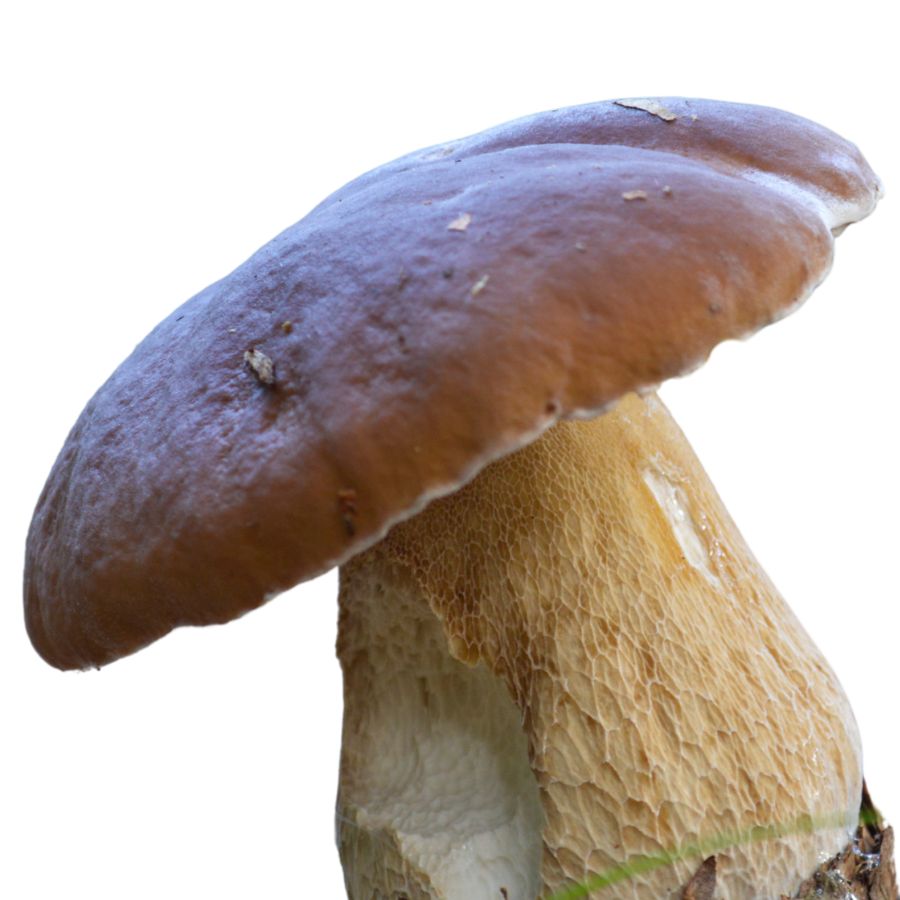
Summer rains bring Boletus barrowsii to life under pine trees across the Southwest. Known for tan to brown caps and thick white stems, these mushrooms have a spongy surface with tiny holes under the cap instead of gills.
Their flavor is mild and nutty, with a meaty texture when cooked. Many chefs seek them out for special dishes.
Telling them apart from other mushrooms takes practice. Good signs include no ring on the stem, white pores that turn slightly blue when touched, and no red colors on the stem.
Some look-alike mushrooms can make you sick. Never eat any mushroom unless you’re completely sure what it is. Always go with someone who knows mushrooms well if you’re just learning.
Indian Ricegrass Seeds (Achnatherum hymenoides)
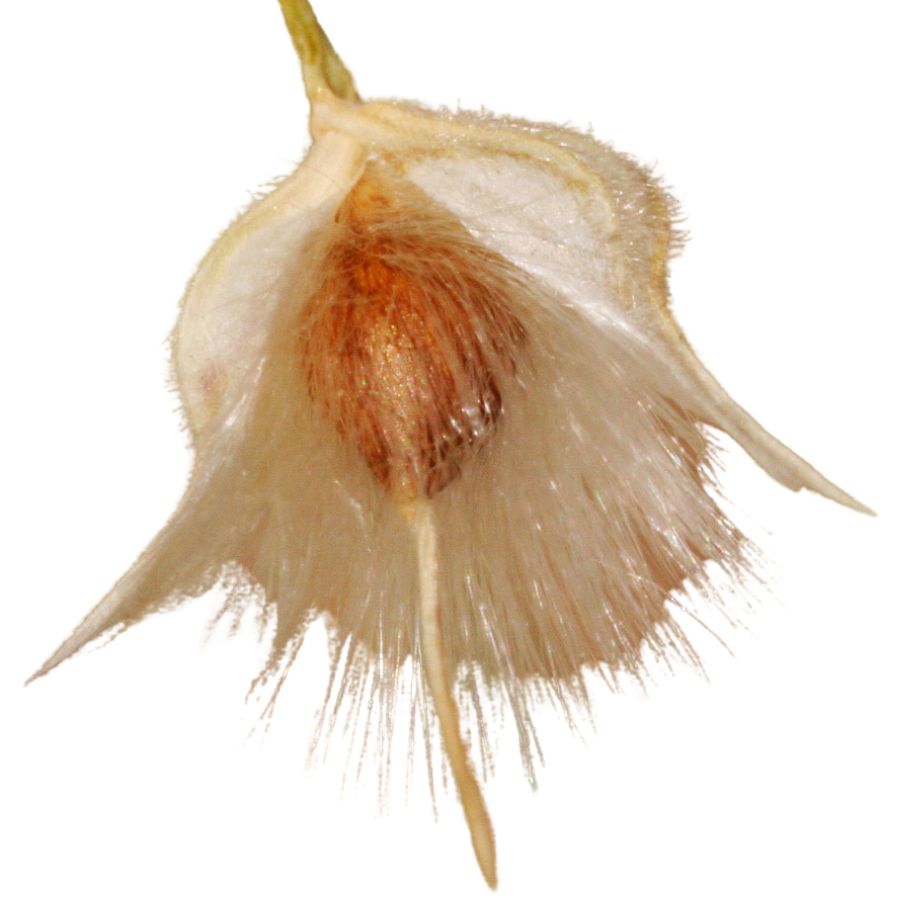
Graceful and resilient, Indian ricegrass stands out in sandy western deserts with airy, open seed heads that dance in the wind. The tiny black seeds hide inside white, papery coverings.
To collect the seeds, bend the grass stalks over a container and tap them. You’ll need to separate the seeds from their husks by winnowing – letting the wind blow away the light chaff while the heavier seeds fall.
Many tribes relied on these seeds for food. The seeds can be ground into flour for bread or cooked whole like rice.
Indian ricegrass seeds contain more protein than most grains we eat today. This high nutrition made them perfect for people living in harsh desert areas where food was scarce.
Cañoncito Mushrooms (Tricholoma magnivelare)

Cinnamon and spice scents lead foragers to Cañoncito mushrooms hiding under pine needles in mountain forests. The distinct smell is the first clue to finding these treasured fungi.
In Japan, these mushrooms are valuable ingredients worth significant money. Their firm texture and complex flavor make them special in many dishes.
Identifying features include thick white stems, reddish-brown caps, white gills, and no ring around the stem. They usually grow scattered around, not in tight groups.
Some poisonous mushrooms look similar to the untrained eye. The distinct spicy smell is your best clue, along with other features. Experienced mushroom hunters can sell these for over $100 per pound because restaurants and food lovers compete to buy them.
Wild currants (Ribes cereum, Ribes aureum)
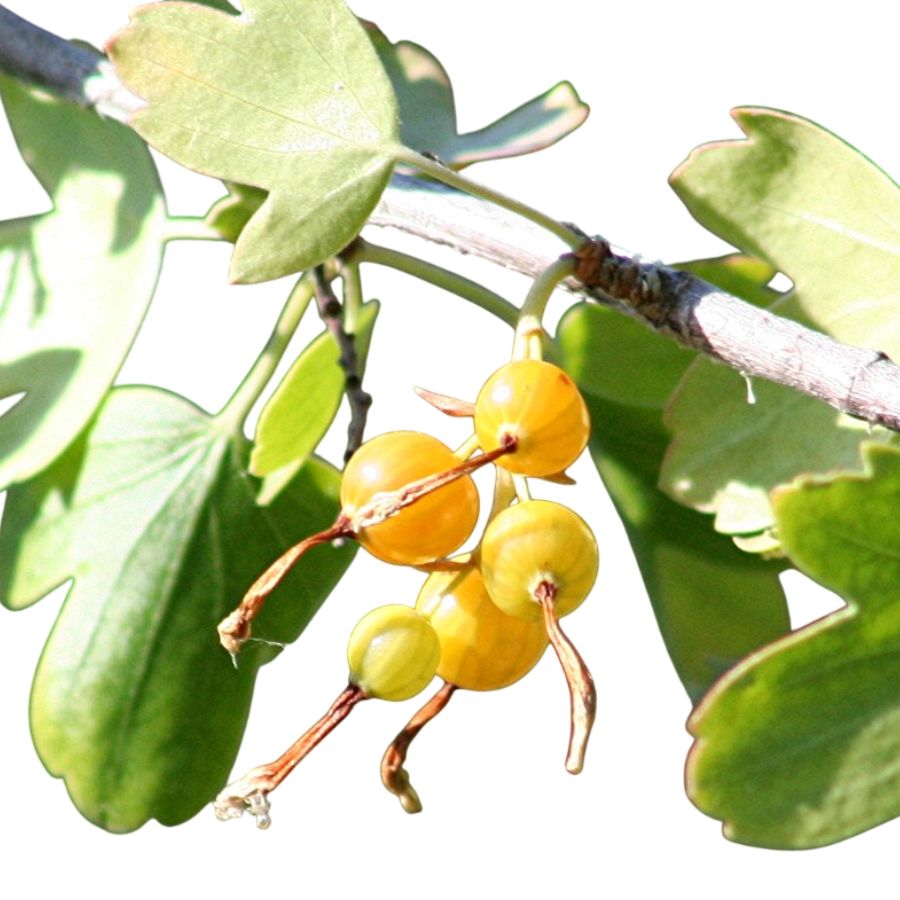
Currants are small, shrubby plants that produce clusters of round berries and are often called wild currants or gooseberries, depending on the species. You can recognize them by their lobed leaves, slender stems, and berries that come in shades of red, black, or even golden yellow.
Some currant plants have lookalikes, such as certain types of nightshade, which can be toxic if eaten. To tell them apart, check the leaves and stems closely because real currants have woody stems and leaves that feel soft and slightly rough.
The berries are edible and offer a tart, slightly sweet flavor with a juicy texture that pops when you bite into them. People often use currants to make jams, jellies, syrups, and even baked goods like tarts and cakes.
While currant berries are a treat, the leaves can also be used to flavor teas, although they are not as widely eaten.
It’s important to avoid eating any berries that taste bitter or look unfamiliar, since not all wild berries are safe.
Banana Yucca Fruit (Yucca baccata)

Resembling short, thick bananas, the fruits of banana yucca grow on rosettes of sword-like leaves in desert landscapes. These green fruits turn yellowish-brown when ripe, with a sweet, date-like flavor and fibrous texture.
Black seeds inside are surrounded by sweet, edible flesh that tastes similar to dates. The fruit can be eaten raw or cooked, which helps remove the slightly soapy taste some fruits have.
Desert peoples have used banana yucca fruits to make lasting food supplies. The pulp was dried into fruit leather, added to stews, or made into drinks.
Harvesting requires careful movements around sharp leaf tips. Fruit production varies yearly based on rainfall and yucca moth populations that pollinate the flowers. Beyond food, the plant provides fibers for rope and soap from its roots.
Wild Hopi Amaranth (Amaranthus cruentus)
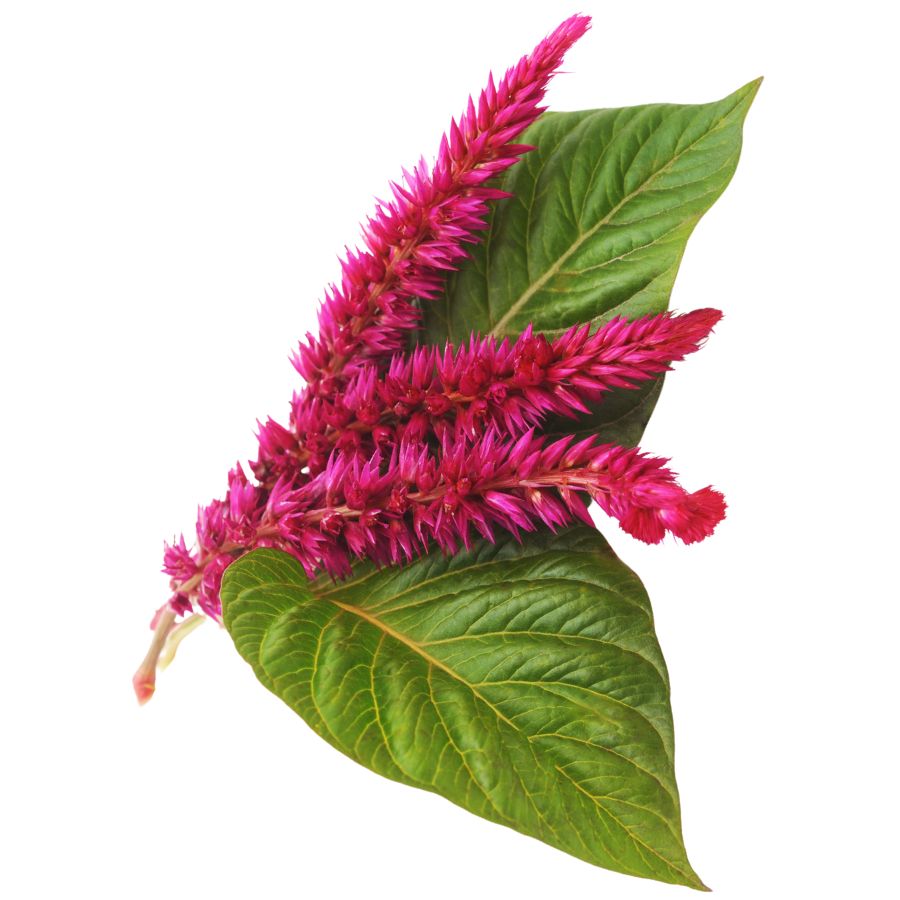
Tall and majestic, wild Hopi amaranth grows up to six feet with rich burgundy seedheads that hang like tassels. The Hopi tribe has grown this plant for centuries and considers it a sacred food source.
You can eat both the leaves and seeds of this plant. The leaves taste like spinach but are thicker, making them good for cooking. Always pick young leaves before flowers appear for the best flavor.
The tiny seeds contain more protein than most grains. To collect them, wait until the seedheads dry, then shake them into a container.
Look for the tall stature and red seedheads to identify wild amaranth. Unlike harmful plants that look similar, amaranth has no white liquid when you break the stems. This plant is special because it gives both vegetables and grain-like seeds from one plant.
Apache Plums (Prunus spp.)

Small, round fruits that range from bright red to purple grow on thorny bushes across southwestern areas. Apache plums have a mix of sweet and sour flavors that gets stronger after cold weather arrives.
These wild fruits are perfect for making jams because they contain natural thickeners. Each plum has one hard seed in the middle that you should not eat.
When looking for Apache plums, search for fruits about one inch across that feel slightly soft when ripe. If they’re hard and very sour, they aren’t ready yet.
Some people mistake these plums for chokecherries, which grow in bunches instead of separately. While you can eat both, chokecherries have seeds with more harmful compounds. Always pick plums that grow as single fruits, not in clusters.
Desert Hackberry (Celtis pallida)
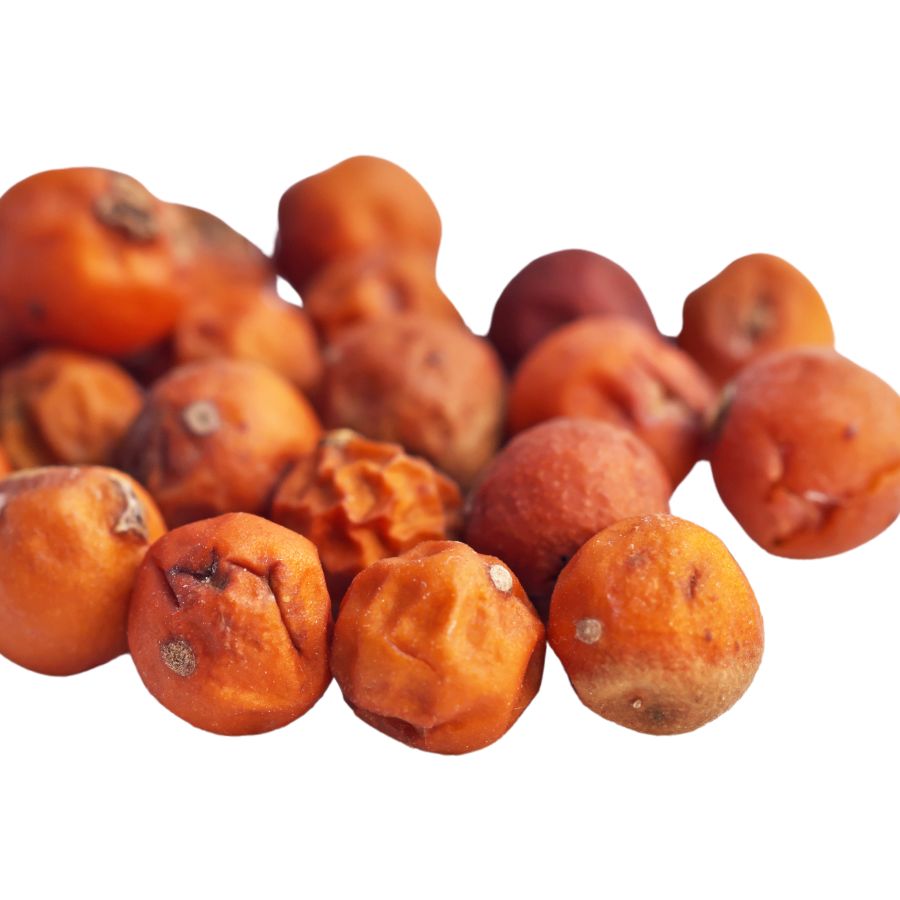
The desert hackberry bush serves as an important shelter for desert animals while offering foragers small orange-red berries. These fruits have a mild sweet taste and contain crunchy seeds that remind many people of tiny apples.
You can spot this plant by its gray-green leaves with three main veins and rough texture. The bushes typically reach 6-15 feet tall and have branches that grow in a zigzag pattern with small thorns.
No poisonous plants look like desert hackberry, which makes it good for beginners to collect. The berries can be eaten fresh or dried for later.
Native Americans used these berries both as food and as medicine for stomach problems. The high fiber and natural sugars in hackberries provide quick energy when hiking through desert areas.
Wild Mustard Greens (Brassica spp.)

Four-petaled yellow flowers arranged in a cross shape are the calling card of wild mustard plants. These common roadside plants belong to the same family as broccoli and cabbage.
The flavor changes depending on when you harvest the leaves. Young leaves taste mild, while older ones have a stronger pepper-like flavor that adds interest to soups and salads.
You can eat every part of this plant—leaves, flowers, seeds, and roots. For the best taste, gather the tender tops before the plant flowers.
Wild mustard is easy to recognize once you know the yellow four-petaled flowers and the strong smell when leaves are crushed. No harmful plants share both these features. People collect wild mustard because it contains lots of vitamin C and grows in many places throughout the year.
Wild purslane (Portulaca oleracea)
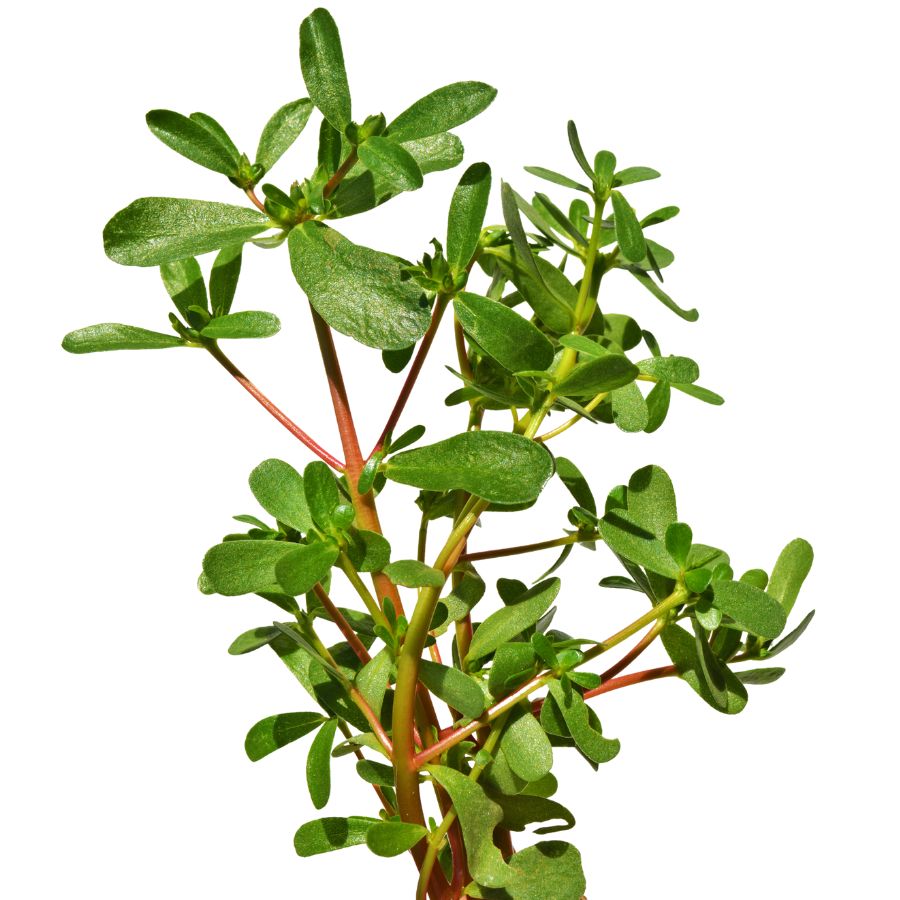
Purslane is a hardy, low-growing plant that’s also sometimes known as little hogweed or verdolaga. It has smooth, reddish stems and thick, paddle-shaped leaves that feel a bit waxy when you touch them.
The stems, leaves, and tiny yellow flowers are all edible, while the roots are not typically eaten. Purslane has a crisp texture with a slightly tart, lemony flavor that works well raw or cooked.
Some plants that look similar include spurge, which has a milky sap and is not edible, so it is important to check for purslane’s smooth, succulent stems and lack of sap. Always double-check by gently snapping a stem to make sure no white liquid appears.
You can toss fresh purslane into salads, sauté it lightly like spinach, or pickle it for later use. Its mild tartness and slight crunch make it a refreshing addition to sandwiches, soups, and even stir-fries.
Canyon grape (Vitis arizonica)
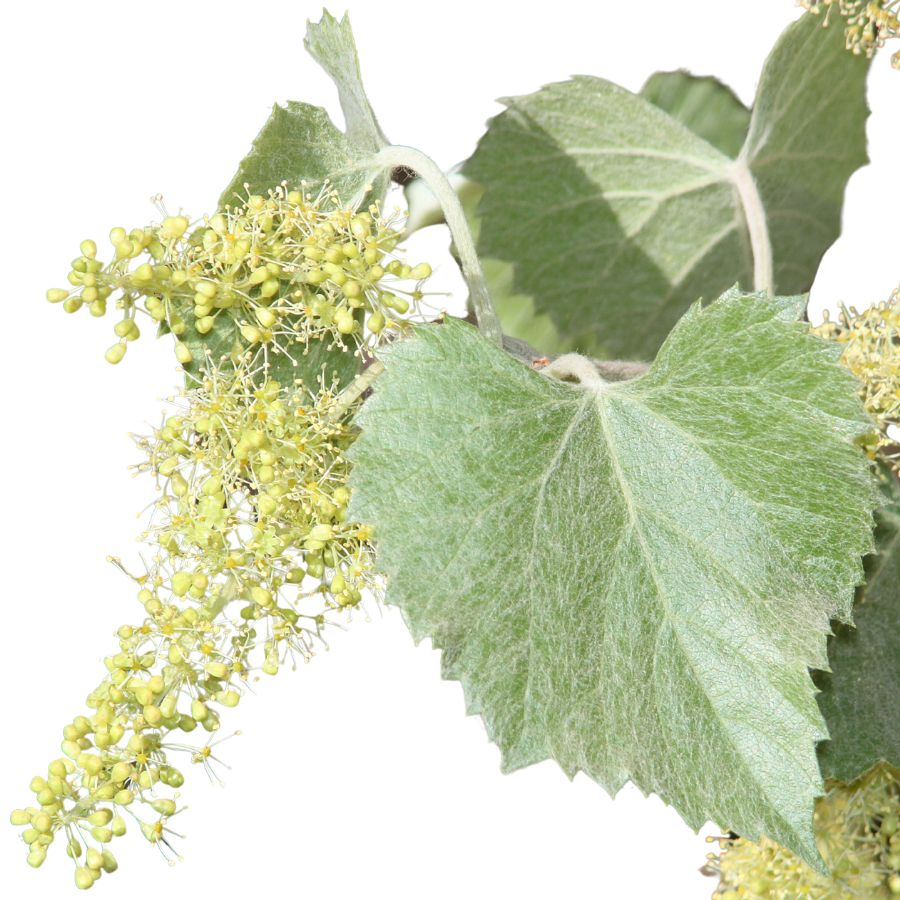
Canyon grape grows as a climbing vine with jagged-edged leaves and twisting tendrils that cling to nearby structures. You’ll see its dark blue or purple berries hanging in small clusters when the plant is fruiting.
The fruit is edible and has a thick skin, gritty seeds, and a sharp, sour flavor. Most people don’t eat them raw, but cook them into jams or boil them for juice.
The seeds make up a large part of each berry and can feel unpleasant when chewed, so you’ll often want to strain them out. Nothing else on the plant is edible—just the fruit.
Watch out for vines like Canada moonseed, which can be confused with wild grape species. One easy check is the seed: moonseed has a single flat crescent-shaped seed, while Canyon grape has multiple small round ones.
Wood Ear Mushrooms (Auricularia auricula-judae)
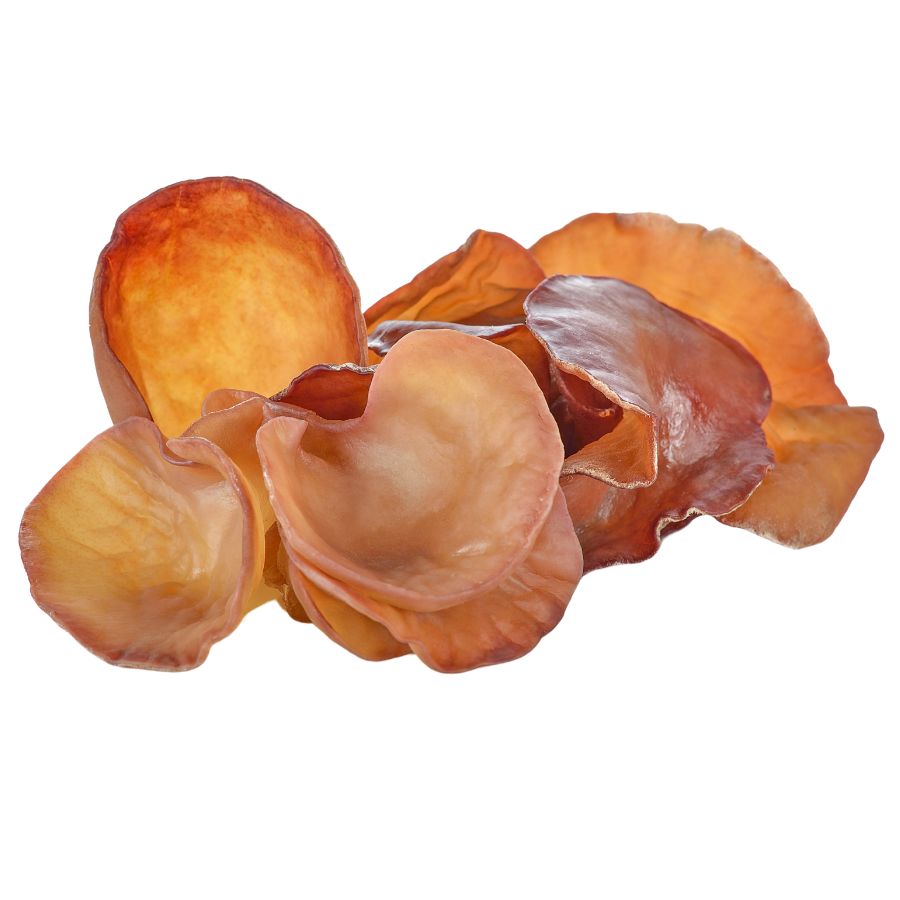
Growing on dead wood after rainy weather, wood ear mushrooms look remarkably like human ears. Their unique texture stays crunchy even when cooked, unlike most mushrooms that become soft.
These dark brown to black mushrooms have little taste on their own but soak up the flavors of other foods they’re cooked with. Before cooking, clean them well and soak in water until they expand.
Wood ears mostly grow on elder trees and other hardwood trees. Their ear-like shape makes them stand out to mushroom hunters.
Few dangerous mushrooms look like wood ears, but always be careful when collecting wild mushrooms. The similar false morel, which is poisonous, has a brain-like inside pattern instead of the solid flesh of wood ears.
Studies show these mushrooms may help lower cholesterol and improve blood flow, making them valuable beyond just their food uses.
Wild mint (Mentha arvensis)

You’re probably familiar with the strong scent of wild mint, which comes from the essential oils concentrated in its leaves. It has square stems, lance-shaped leaves with slightly toothed edges, and pale lilac flower clusters.
The fresh leaves can be eaten raw, cooked into soups, or muddled into drinks for a crisp flavor. Expect a bright, menthol-like kick with a hint of sweetness.
False mint species like purple deadnettle grow in similar spots but lack the menthol smell and have fuzzy leaves. If the plant doesn’t smell like mint, it probably isn’t.
Stick to the leaves and younger stems for eating because the woody stalks aren’t palatable. Wild mint also holds up well when dried and stored for tea or seasoning.
Desert Onion (Allium macropetalum)

The desert onion emerges from sandy soils with slender green leaves and delicate pink to purple star-shaped flowers atop hollow stems. Unlike common garden onions, these wild relatives grow in small clusters and rarely exceed 12 inches in height.
When dug up, the bulbs reveal themselves as small, white, and layered, resembling miniature versions of grocery store onions. A strong onion smell confirms you’ve found the right plant.
The entire plant is edible – bulbs, stems, and flowers. The bulbs taste stronger than the mild-flavored green parts and can be eaten raw or cooked.
Identification is straightforward since all parts of the plant smell like onion when crushed. This simple test helps avoid mix-ups with similar-looking plants like death camas, which has no onion smell and is highly toxic.
Where to Find Valuable Forageables in the State
Some parts of the state are better than others when it comes to finding valuable wild plants and mushrooms. Here are the different places where you’re most likely to have luck:
| Plant | Locations |
|---|---|
| Piñon pine nuts (Pinus edulis) | – Caja del Rio Plateau – Datil Mountains – Tres Piedras region |
| Chokecherries (Prunus virginiana) | – Lincoln National Forest – Cimarron Canyon area – Gallinas Mountains |
| Desert mushrooms – Southwestern porcini (Boletus barrowsii) | – Jemez Mountains near Los Alamos – Black Range near Winston – Sangre de Cristo foothills |
| Indian ricegrass seeds (Achnatherum hymenoides) | – Tularosa Basin – Chaco Slope region – Mesa Chivato |
| Cañoncito mushrooms (Tricholoma magnivelare) | – Pecos Wilderness boundary near Cowles – El Rito Canyon area – Capitan Mountains foothills |
| Wild currants (Ribes cereum, Ribes aureum) | – San Francisco River canyon – Sandia Mountain foothills – Zuni Mountains |
| Banana yucca fruit (Yucca baccata) | – Malpais Lava Fields near Grants – Peloncillo Mountains – Carrizozo lava beds |
| Wild Hopi amaranth (Amaranthus cruentus) | – Zuni River basin – Española Valley – Tularosa village outskirts |
| Apache plums (Prunus spp.) | – Gila River valley near Cliff – Manzano Mountains foothills – Rio Puerco basin |
| Desert hackberry (Celtis pallida) | – Hidalgo County canyonlands – Lordsburg Playa edges – Rincon Arroyo area |
| Wild mustard greens (Brassica spp.) | – Estancia Valley fields – Bosque del Apache outskirts – Animas Valley ditch banks |
| Prickly pear fruits and pads (Opuntia spp.) | – Santa Rosa plains – San Andres Mountains base – Clovis surrounding prairie |
| Wild purslane (Portulaca oleracea) | – Silver City gardens and roadsides – Española town outskirts – Belen irrigation zones |
| Canyon grape (Vitis arizonica) | – Glenwood Canyon – Tecolote Creek banks – Pecos River near Villanueva |
| Wood ear mushrooms (Auricularia auricula-judae) | – Rio Ruidoso riparian zones – Gila National Forest edge near Reserve – Lincoln stream crossings |
| Desert onion (Allium macropetalum) | – San Mateo Mountains – Las Cruces foothills – Magdalena Ridge |
When to Forage for Maximum Value
Every valuable wild plant or mushroom has its season. Here’s a look at the best times for harvest:
| Plants | Valuable Parts | Best Harvest Season |
|---|---|---|
| Piñon pine nuts (Pinus edulis) | Nuts (seeds inside cones) | September – October |
| Chokecherries (Prunus virginiana) | Ripe berries | July – August |
| Desert mushrooms – Southwestern porcini (Boletus barrowsii) | Mushroom caps | August – September (after summer monsoon rains) |
| Indian ricegrass seeds (Achnatherum hymenoides) | Seeds | May – June |
| Cañoncito mushrooms (Tricholoma magnivelare) | Mushroom caps | September – November |
| Wild currants (Ribes cereum, Ribes aureum) | Berries | June – July |
| Banana yucca fruit (Yucca baccata) | Fruits (pods), flowers | May – June (flowers), July – August (fruits) |
| Wild Hopi amaranth (Amaranthus cruentus) | Seeds, young leaves | May – June (leaves), August – September (seeds) |
| Apache plums (Prunus spp.) | Ripe plums | August – September |
| Desert hackberry (Celtis pallida) | Ripe berries | August – October |
| Wild mustard greens (Brassica spp.) | Young leaves, flowers | March – May |
| Prickly pear fruits and pads (Opuntia spp.) | Young pads, ripe fruits | April – May (pads), August – September (fruits) |
| Wild purslane (Portulaca oleracea) | Tender stems and leaves | May – September |
| Canyon grape (Vitis arizonica) | Ripe grapes | August – September |
| Wood ear mushrooms (Auricularia auricula-judae) | Mushroom caps | March – May, August – October (after rains) |
| Desert onion (Allium macropetalum) | Bulbs, flower stalks | March – April (flowers), May – June (bulbs) |
One Final Disclaimer
The information provided in this article is for general informational and educational purposes only. Foraging for wild plants and mushrooms involves inherent risks. Some wild plants and mushrooms are toxic and can be easily mistaken for edible varieties.
Before ingesting anything, it should be identified with 100% certainty as edible by someone qualified and experienced in mushroom and plant identification, such as a professional mycologist or an expert forager. Misidentification can lead to serious illness or death.
All mushrooms and plants have the potential to cause severe adverse reactions in certain individuals, even death. If you are consuming foraged items, it is crucial to cook them thoroughly and properly and only eat a small portion to test for personal tolerance. Some people may have allergies or sensitivities to specific mushrooms and plants, even if they are considered safe for others.
Foraged items should always be fully cooked with proper instructions to ensure they are safe to eat. Many wild mushrooms and plants contain toxins and compounds that can be harmful if ingested.


